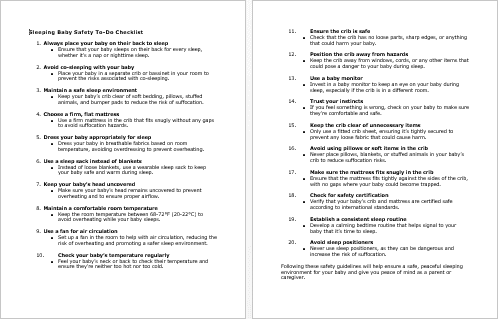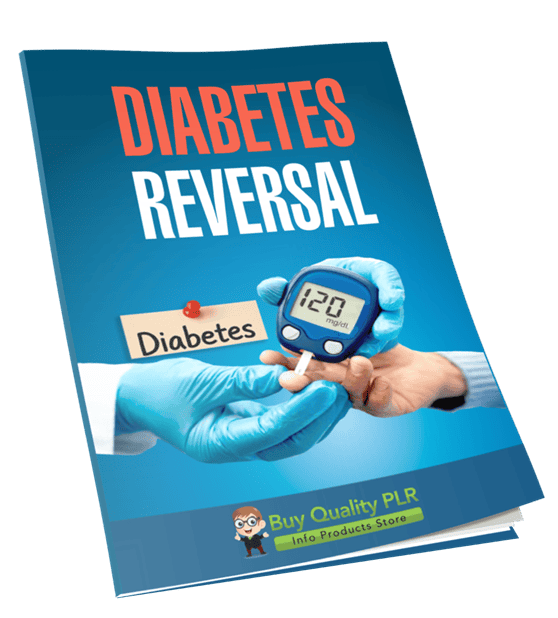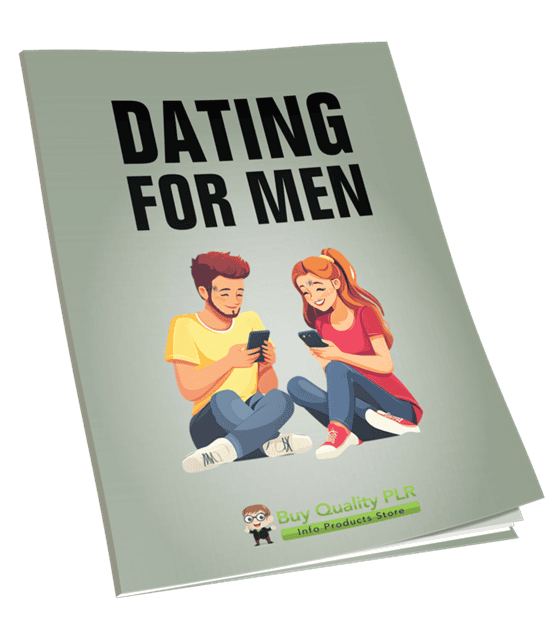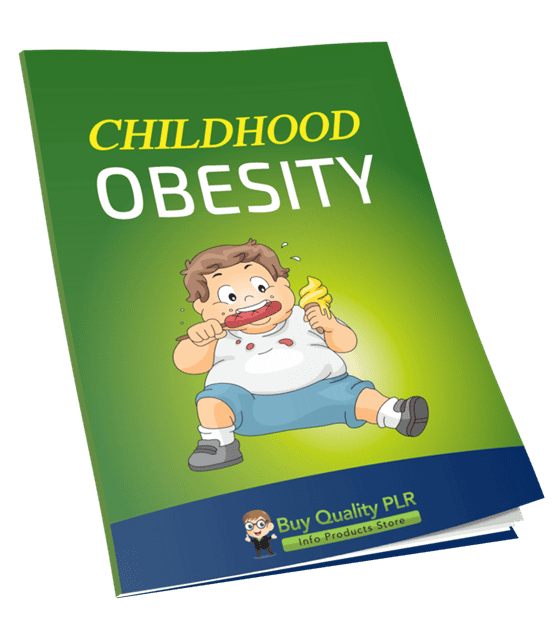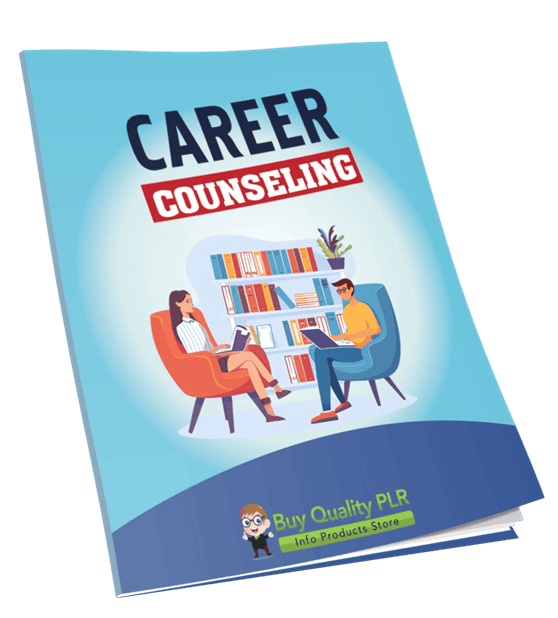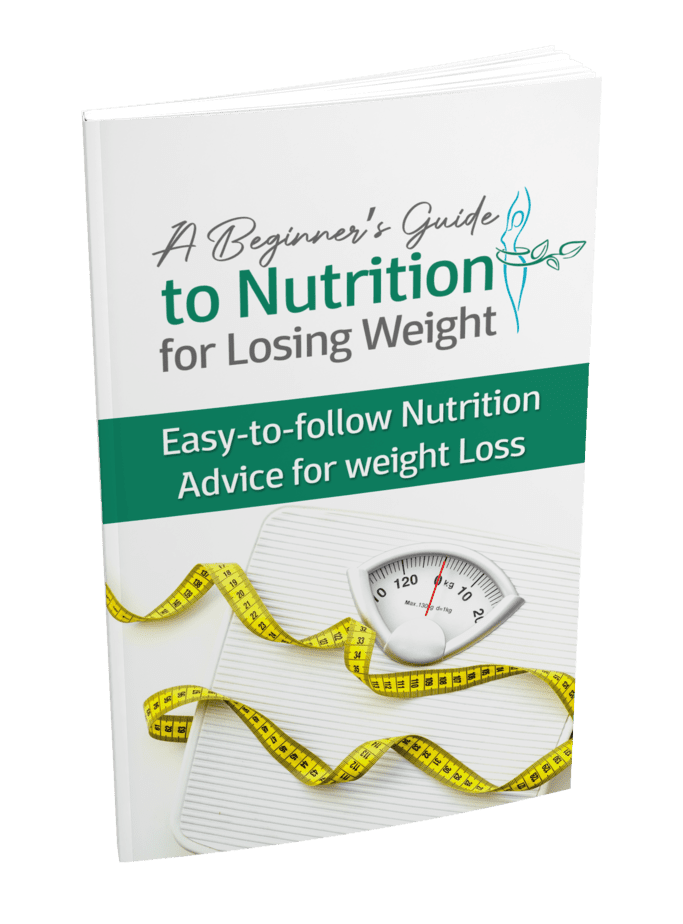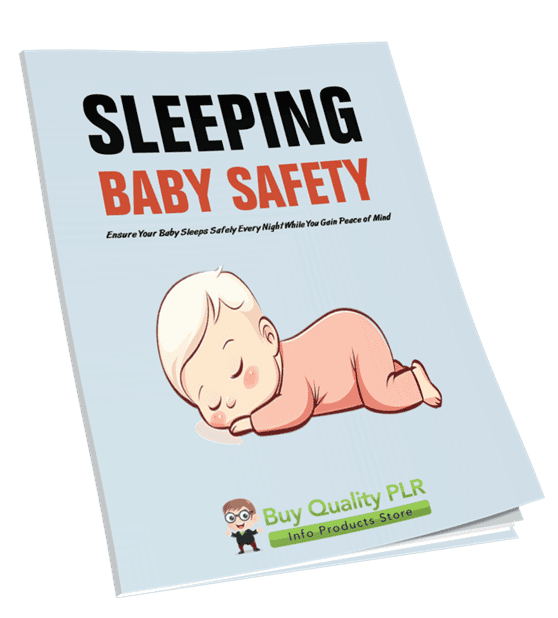
Sleeping Baby Safety PLR Course 25k Words
in Parenting , Parenting PLR , Parenting PLR Ebooks , PLR Checklists , PLR eBooks , PLR eCourses , PLR List Building Reports , Premium PLR , Premium PLR eBooks , Premium PLR Reports , Premium White Label Brandable PLR Coaching Courses , Private Label Rights ProductsChoose Your Desired Option(s)
has been added to your cart!
have been added to your cart!
#babysafety #parentingtips #infantcare #plrcontent #healthmarketing #parentingguide #plrcourse #plrtraining #newparents
Sleeping Baby Safety PLR Course – Step-by-Step Training for Peaceful, Secure Sleep
Ensure Your Baby Sleeps Safely Every Night While You Gain Peace of Mind
Every parent knows that a good night’s sleep is priceless—not just for the baby, but for the entire household. However, sleep comes with responsibilities: creating a safe environment, monitoring your baby, and knowing the right sleep practices to reduce risks like Sudden Infant Death Syndrome (SIDS) and other sleep-related dangers.
The Sleeping Baby Safety PLR Course is a comprehensive, step-by-step training program that empowers parents and caregivers to establish safe, comfortable, and effective sleep routines for their little ones.
Whether you are a parent, babysitter, daycare provider, pediatric coach, or digital entrepreneur in the parenting niche, this PLR course is fully editable and ready to sell, teach, or use as a lead magnet.
With over 23,700 words of structured, actionable content, this course is your ultimate resource to educate, guide, and create safer sleep practices for infants.
Presenting…
Sleeping Baby Safety PLR Course 25k Words
Why This Course is Essential
Sleep safety is one of the most critical concerns for new parents. Unfortunately, many rely on scattered advice or outdated practices. Common challenges parents face include:
- Knowing how to set up a safe sleep environment
- Choosing the right crib, mattress, and sleepwear
- Understanding safe sleep positions and routines
- Monitoring temperature, comfort, and health during sleep
- Managing risks of co-sleeping, loose bedding, or improper placement
This course addresses each of these challenges with simple, practical, and research-backed steps, ensuring parents feel confident and empowered every night.
Who This Course is For
The Sleeping Baby Safety PLR Course is perfect for:
- New parents and caregivers seeking practical guidance
- Daycare providers or babysitters needing training material
- Parenting coaches and consultants offering safe sleep programs
- Bloggers and digital marketers looking for PLR products in the parenting niche
- Entrepreneurs wanting to create ebooks, courses, or membership content
With full PLR rights, you can brand, sell, or bundle this content for profit.
What You’ll Learn
The course is broken down into five comprehensive modules, each with four actionable steps, providing a complete roadmap to safe baby sleep practices.
Module 1: Preparing a Safe Sleep Environment
Goal: Ensure the baby sleeps in a space that is secure, comfortable, and free from hazards.
Step 1: Choose a Firm, Flat Mattress
- Use a firm mattress to reduce suffocation risk and SIDS.
- Tip: Avoid soft surfaces like sofas or adult beds for infant sleep.
Step 2: Avoid Soft Bedding
- Keep pillows, stuffed toys, and blankets out of the crib.
- Tip: Use a fitted sheet only to prevent loose fabric hazards.
Step 3: Use a Fitted Crib Sheet
- Ensure the sheet fits snugly around the mattress.
- Tip: Loose sheets can be dangerous if they cover the baby’s face.
Step 4: Position the Crib Safely
- Keep the crib away from windows, cords, or hanging objects.
- Tip: Choose a quiet, temperature-controlled room for optimal sleep.
Module Benefits:
Parents will learn to create a safe, clutter-free sleeping environment that protects the baby and promotes restful sleep.
Module 2: Safe Sleeping Positions
Goal: Reduce the risk of SIDS and promote proper sleep posture.
Step 1: Always Lay Your Baby on Their Back
- Place the baby on their back for every sleep session.
Step 2: Avoid Side or Stomach Sleeping
- Side and stomach positions increase SIDS risk.
Step 3: Use a Sleep Sack Instead of Blankets
- Sleep sacks keep babies warm without the hazards of loose bedding.
Step 4: Keep Their Head Uncovered
- Prevent overheating and suffocation risks.
Module Benefits:
Parents will understand how proper positioning can save lives and develop habits that become second nature.
Module 3: Monitoring Temperature & Comfort
Goal: Maintain the baby’s comfort while preventing overheating and discomfort.
Step 1: Maintain a Comfortable Room Temperature
- Ideal temperature: 68-72°F (20-22°C).
Step 2: Dress Baby Appropriately for the Temperature
- Use light layers or a sleep sack; avoid overbundling.
Step 3: Use a Fan for Air Circulation
- Helps regulate temperature and prevents overheating.
Step 4: Check Baby Regularly
- Touch the neck or back to ensure baby is neither too hot nor cold.
Module Benefits:
This module ensures babies sleep comfortably and safely, reducing stress for parents and caregivers.
Module 4: Co-Sleeping and Crib Safety
Goal: Understand the risks of co-sleeping and ensure crib safety standards.
Step 1: Avoid Co-Sleeping with Your Baby
- Place baby in a separate crib or bassinet in your room.
Step 2: Use a Bassinet or Crib for the First 6 Months
- Ensures safety and easy monitoring.
Step 3: Check the Crib for Safety Features
- Inspect for loose parts, sharp edges, or gaps.
Step 4: Use the Right Mattress
- Ensure mattress fits snugly in the crib to avoid entrapment.
Module Benefits:
Parents will know how to reduce risk while allowing proximity for monitoring, and ensure cribs are fully compliant with safety standards.
Module 5: Sleep Routines and Monitoring
Goal: Establish consistent, safe sleep routines for long-term habits.
Step 1: Establish a Consistent Sleep Routine
- Include bath, feeding, and lullabies to signal bedtime.
Step 2: Practice Safe Sleeping Habits Every Night
- Consistency helps babies associate sleep with safety.
Step 3: Use a Baby Monitor
- Keep an eye on the baby while in another room.
Step 4: Trust Your Instincts
- If something feels off, check on the baby—parental intuition is vital.
Module Benefits:
This module helps parents create long-lasting, safe, and soothing sleep habits that promote healthy development.
Bonus Materials
- Checklist (540 words) – Step-by-step reference for every module
- FAQs (1,104 words) – Answers to common questions and concerns
- Salespage Copy (656 words) – Ready-to-use PLR marketing material
How to Use and Profit from This PLR Course
This course is fully customizable and can be monetized in multiple ways:
- Sell as a Complete Course to parents, daycare providers, or parenting communities.
- Break Into Mini-Reports ($10–$20 each) targeting safe sleep tips, sleep routines, or crib safety.
- Bundle with Other Parenting PLR Products ($47–$97) for premium offers.
- Launch a Membership Site offering exclusive parenting content and downloadable guides.
- Convert to Multimedia Content – audio lessons, videos, or ebooks for multi-platform monetization.
- Use Excerpts as Lead Magnets to grow email lists and promote other products.
- Create Original Products using the course as a foundation, coaching program, or workshop.
Licensing Terms
Permissions:
- Sell, edit, and repurpose content freely
- Claim copyright if 75% of content is modified
- Use for coaching, digital courses, or membership content
Restrictions:
- Cannot transfer PLR rights
- Max affiliate commission: 75%
- Cannot give the full course away for free
- Cannot bundle without additional purchase
Why This PLR Course is a Must-Have
- Over 23,700 words of structured, actionable content
- Covers sleep environment, positions, temperature, co-sleeping, routines, and monitoring
- Includes checklists, FAQs, and sales copy
- Fully editable and ready to brand, sell, or bundle
- Ideal for parenting coaches, daycare providers, bloggers, or entrepreneurs
- Helps users create safer sleep habits, reduce risks, and enjoy peace of mind
Take Action Today
Start using the Sleeping Baby Safety PLR Course to:
- Educate parents and caregivers
- Build a profitable PLR product in the parenting niche
- Generate income through direct sales, bundles, or membership programs
Your next step: download, brand, and start selling! This comprehensive PLR course makes it simple, professional, and profitable.
has been added to your cart!
have been added to your cart!
Here A Sample of Sleeping Baby Safety PLR Course
Welcome to the “Sleeping Baby Safety” course! This course is designed to give parents and caregivers a comprehensive understanding of how to keep your baby safe while they sleep. In this step-by-step guide, we’ll walk you through the essential practices to ensure your baby enjoys peaceful and safe sleep. Each module breaks down simple and easy-to-follow steps, giving you the confidence to apply safety measures every night.
Module 1: Preparing a Safe Sleep Environment
This module will guide you on how to set up a safe and cozy space for your baby to sleep.
Step 1: Choose a Firm, Flat Mattress
When it comes to ensuring your baby’s sleep safety, the choice of mattress plays a critical role. A firm, flat mattress provides a secure foundation, significantly reducing the risk of suffocation and Sudden Infant Death Syndrome (SIDS). Here’s a detailed, step-by-step guide to help you choose and set up the right mattress for your baby, following international safety standards.
1. Understand the Importance of a Firm Mattress
A firm mattress is essential because:
- It prevents the baby from sinking into the surface, which can obstruct their breathing.
- It provides adequate support for your baby’s developing bones and spine.
- Soft mattresses or surfaces, while appearing comfortable, increase the risk of suffocation by conforming to the baby’s face or body.
Test the firmness of the mattress by pressing your hand into the surface. It should spring back immediately without leaving an impression.
2. Select a Mattress That Meets Safety Standards
Choose a mattress certified to meet global safety guidelines:
- Look for labels indicating compliance with standards such as the ASTM F2933 (Standard Consumer Safety Specification for Crib Mattresses) or the EN 16890 (European safety standard for children’s mattresses).
- Ensure the mattress is free of harmful chemicals like phthalates, flame retardants, and formaldehyde, as certified by organizations such as CertiPUR-US or Greenguard Gold.
These certifications ensure the mattress is safe for infants and does not emit harmful gases.
3. Ensure the Mattress is Flat and Fits the Crib Properly
A flat mattress is equally as important as firmness:
- The mattress should lay completely flat without any bumps, dips, or inclinations. Inclined mattresses increase the risk of the baby rolling or sliding, which can lead to suffocation.
- Verify that the mattress fits snugly in the crib or bassinet. There should be no gaps larger than two fingers’ width between the mattress and the crib walls, as these spaces can pose entrapment hazards.
4. Avoid Using Additional Padding or Soft Surfaces
For your baby’s safety:
- Do not place memory foam toppers, mattress pads, or additional layers of cushioning on top of the firm mattress.
- Avoid allowing your baby to sleep on couches, bean bags, or adult beds. These surfaces are soft, irregular, and unsafe for infants.
International health organizations like the American Academy of Pediatrics (AAP) and the World Health Organization (WHO) recommend against using any soft bedding or materials in your baby’s sleeping space.
5. Regularly Inspect the Mattress for Wear and Tear
To maintain a safe sleeping environment:
- Check the mattress periodically for signs of wear, such as sagging, tears, or exposed stuffing. Replace the mattress if it no longer offers a firm and flat surface.
- Clean the mattress cover regularly using non-toxic, baby-safe detergents to maintain hygiene.
6. Use a Waterproof, Tightly-Fitted Cover
To protect the mattress:
- Invest in a waterproof mattress cover that fits securely. It will keep the mattress clean and shield it from spills or diaper leaks.
- Ensure the cover is thin and does not affect the firmness or flatness of the mattress.
7. Be Cautious with Hand-Me-Down or Second-Hand Mattresses
If you’re considering a used mattress:
- Ensure it is firm, flat, and free of any visible damage or sagging.
- Verify that it meets current safety standards, as older models might not comply with updated regulations.
- Avoid mattresses that have been stored in damp or unsanitary conditions, as they may harbor mold or bacteria.
8. Educate Others Caring for Your Baby
If others, such as grandparents or babysitters, will be caring for your baby:
- Inform them about the importance of using a firm, flat mattress for every sleep.
- Demonstrate how to set up and check the mattress to ensure it remains safe.
Why This Step Matters
The mattress you choose is the foundation of your baby’s sleep safety. Following these guidelines not only reduces the risks of suffocation and SIDS but also ensures your baby has a healthy, secure environment for restorative sleep. By prioritizing firmness, flatness, and adherence to safety standards, you are making an informed decision that can have a lasting impact on your baby’s well-being.
Step 2: Avoid Soft Bedding
Soft bedding might seem cozy and comforting, but it poses significant safety risks for infants. By keeping items such as pillows, blankets, and stuffed animals out of your baby’s crib, you can significantly reduce the chances of accidental suffocation or Sudden Infant Death Syndrome (SIDS). Below, we provide a detailed, step-by-step guide to help you understand and implement this critical safety measure in your baby’s sleeping environment.
1. Understand Why Soft Bedding is Dangerous
Soft bedding, while appealing, creates hazards that compromise your baby’s safety:
- Risk of Suffocation: Soft items can block your baby’s airway if they roll into or press against them.
- Overheating: Blankets and extra padding can increase the risk of your baby overheating, which is linked to SIDS.
- Entanglement or Strangulation: Loose bedding or decorative crib accessories can wrap around the baby, causing harm.
Global health organizations, including the American Academy of Pediatrics (AAP) and the National Health Service (NHS), recommend a bare crib for infants during sleep.
2. Remove All Pillows and Blankets
Pillows and blankets are unnecessary and unsafe for babies under the age of one:
- Pillows: Infants do not require pillows for support. Their heads are proportionately larger than their bodies, providing natural alignment during sleep. A pillow can press against the baby’s face and obstruct breathing.
- Blankets: Loose blankets can easily cover your baby’s face or body, posing a suffocation risk.
Instead, use a sleep sack or wearable blanket designed specifically for infants to keep them warm safely.
3. Keep the Crib Free of Stuffed Animals and Toys
Even small, soft toys can pose a suffocation or entanglement risk:
- Stuffed Animals: They might seem like a comforting addition, but stuffed toys can press against your baby’s face or be pulled over their head.
- Hanging Crib Toys or Mobiles: Avoid placing any toys that could fall into the crib or have strings that may become entangled with your baby.
A safe crib should contain only a firm mattress with a fitted sheet.
4. Avoid Using Bumpers and Padding
Crib bumpers or padded linings, often marketed for their decorative appeal, are not safe for infants:
- Risks of Suffocation: Babies may roll into the bumper and become unable to reposition themselves.
- Strangulation Hazards: Some bumpers have ties or cords that pose strangulation risks.
- Regulation Compliance: Many countries, including the United States, have moved to ban or discourage the sale of crib bumpers due to their safety risks.
To ensure compliance with safety standards, avoid all padding or decorations in your baby’s crib.
5. Choose Alternative Safe Bedding Options
While soft bedding is unsafe, there are alternatives that provide warmth and comfort without compromising safety:
- Sleep Sacks or Wearable Blankets: These keep your baby warm while removing the risks associated with loose blankets. Ensure the sleep sack is appropriately sized to avoid it slipping over the baby’s head.
- Fitted Crib Sheets: Use snug-fitting sheets made from breathable materials like cotton. These should be specifically designed for the crib mattress to avoid excess fabric.
Always select products that are labeled as safe for infants and meet international safety standards.
6. Educate Family and Caregivers
Ensure everyone who cares for your baby understands the importance of avoiding soft bedding:
- Grandparents and Babysitters: Some caregivers may be unaware of the latest safety guidelines. Explain that soft bedding is no longer recommended for infants.
- Cultural Practices: Be sensitive to cultural traditions that may include the use of soft bedding, and provide evidence-based information to encourage safer alternatives.
- Childcare Facilities: Verify that any childcare providers or centers adhere to safe sleep practices, including avoiding soft bedding.
7. Avoid Decorative Crib Accessories
Many parents want their baby’s crib to look beautiful, but decorative items can be hazardous:
- Remove crib canopies, bows, or ribbons that could detach or fall into the crib.
- Avoid using decorative quilts or comforters, even if they’re displayed on the crib. They should be kept out of reach during sleep.
A simple, uncluttered crib is the safest environment for your baby.
8. Regularly Inspect the Crib Setup
Maintain a routine to check your baby’s sleeping space:
- Daily Check: Before placing your baby down to sleep, ensure the crib is free of any loose items or soft materials.
- Routine Cleaning: Remove dust or debris from the mattress and surrounding area to maintain cleanliness and hygiene.
Reinforce the habit of keeping the crib clear, even as your baby grows and becomes more mobile.
Why This Step Matters
Keeping soft bedding out of the crib is a simple yet life-saving practice. A bare sleeping environment minimizes suffocation risks, prevents overheating, and aligns with international safety standards for infant sleep. By adhering to these guidelines and educating others, you create a secure and nurturing space where your baby can sleep peacefully and safely.
Step 3: Use a Fitted Crib Sheet
A fitted crib sheet is a simple yet essential component of your baby’s safe sleeping environment. Ensuring that the crib sheet is tightly secured around the mattress helps minimize safety risks, such as loose fabric that could cause suffocation or entanglement. Below, you’ll find a detailed, step-by-step guide to understanding and implementing this critical safety practice.
1. Understand the Importance of a Fitted Crib Sheet
A properly fitted crib sheet serves two primary purposes:
- Safety: Loose fabric from an improperly fitted sheet can pose a suffocation hazard if it covers your baby’s face or becomes tangled around their body.
- Comfort: A smooth and secure surface prevents discomfort or irritation, allowing your baby to sleep peacefully.
International safety standards, such as those established by the American Academy of Pediatrics (AAP) and European Child Safety Regulations, emphasize the use of well-fitted crib sheets as part of a safe sleep environment.
2. Choose the Right Crib Sheet
Not all crib sheets are created equal, so selecting the right one is critical for ensuring safety and comfort:
- Material: Opt for breathable, hypoallergenic materials like 100% cotton or organic bamboo. These materials are soft on your baby’s sensitive skin and help regulate body temperature.
- Size: Ensure the sheet is specifically designed for the dimensions of your baby’s crib mattress. Look for sheets labeled as “crib mattress sheets” or “fitted baby sheets.”
- Elastic Edging: Choose a sheet with fully elasticized edges. This ensures the sheet remains tightly secured to the mattress, even if your baby moves during sleep.
Check the product label for certifications, such as Oeko-Tex Standard 100 or Global Organic Textile Standard (GOTS), which indicate the sheet is free from harmful chemicals.
3. Properly Fit the Crib Sheet to the Mattress
Follow these steps to securely fit the crib sheet to the mattress:
- Lay the Mattress Flat: Before fitting the sheet, ensure the mattress is properly positioned and free of debris or moisture.
- Stretch the Sheet Over the Mattress: Start at one corner and pull the sheet tightly over the mattress. Then, move to the opposite corner and repeat.
- Secure All Edges: Adjust the sheet so it wraps snugly around all sides of the mattress, with no loose or bunched fabric.
- Perform a Safety Check: Run your hand along the surface of the mattress. The sheet should feel taut, with no wrinkles or slack.
4. Regularly Inspect and Maintain the Crib Sheet
Even a high-quality fitted sheet requires regular maintenance to ensure ongoing safety and hygiene:
- Daily Visual Check: Inspect the sheet daily for any signs of wear, tears, or looseness. Replace the sheet immediately if you notice any damage.
- Frequent Washing: Wash the crib sheet every 3–5 days, or sooner if it becomes soiled. Use a mild, baby-safe detergent and avoid fabric softeners, which can irritate sensitive skin.
- Rotation of Sheets: Keep at least 2–3 spare fitted sheets on hand to ensure you always have a clean one available.
Regular inspections ensure that your baby’s sleeping environment remains both safe and comfortable.
5. Avoid Using Additional Bedding or Mattress Covers
While it might be tempting to add extra layers for softness or warmth, these can compromise safety:
- Mattress Pads or Toppers: Avoid any additional padding that isn’t specifically designed for safe infant use, as these can create uneven surfaces or suffocation risks.
- Loose Waterproof Covers: If a waterproof layer is necessary, ensure it fits snugly beneath the fitted sheet and doesn’t shift or bunch.
Instead, rely on the fitted crib sheet to provide a secure and breathable sleeping surface.
6. Educate Family and Caregivers
Communicating the importance of using a properly fitted crib sheet to everyone involved in your baby’s care is essential:
- Grandparents and Babysitters: Some caregivers may not be familiar with modern safe sleep guidelines. Explain why using a fitted sheet is crucial and demonstrate how to secure it properly.
- Childcare Providers: If your baby attends daycare, confirm that the facility follows safe sleep practices, including the use of tightly fitted crib sheets.
Reinforce that the sheet is the only covering needed and that additional bedding is not safe.
7. Monitor Growth and Mattress Fit
As your baby grows, it’s important to ensure that the crib sheet and mattress continue to meet safety standards:
- Transition to Toddler Bed: When your baby outgrows the crib, replace the crib mattress and sheets with toddler-appropriate options that remain snug and safe.
- Check for Wear and Tear: Over time, the elastic on fitted sheets may loosen. Replace worn-out sheets to maintain a secure fit.
This ongoing attention ensures that your baby’s sleeping environment adapts to their developmental needs.
8. Why This Step Matters
Using a properly fitted crib sheet is a simple, affordable way to enhance your baby’s sleep safety. By eliminating the risks associated with loose fabric, you create a secure environment that allows your baby to sleep peacefully while giving you peace of mind.
This foundational practice, supported by international safety guidelines, helps protect your baby during their most vulnerable stages of development. With consistent implementation and vigilance, you’re taking a critical step toward ensuring their well-being.
Step 4: Position the Crib Safely
Creating a safe sleeping environment for your baby involves more than just the mattress or bedding; the location and setup of the crib are equally crucial. Proper crib positioning reduces potential hazards and ensures your baby remains safe throughout the night or nap time. Below is a detailed, step-by-step guide on how to position your baby’s crib safely, following international safety recommendations.
1. Choose the Right Location in the Room
The crib’s placement plays a significant role in minimizing risks. Consider these key guidelines:
- Away from Windows: Position the crib at least three feet (about one meter) away from windows. Babies and toddlers can climb or reach for curtains, blinds, or even break glass, which poses a significant danger.
- Central Location: Place the crib against a wall or in the center of the room where it’s easily visible but free from potential hazards.
- Distance from Electrical Outlets: Keep the crib away from wall outlets or power cords to eliminate the risk of electrocution or strangulation.
The room should have good ventilation and a consistent temperature, ideally between 68°F and 72°F (20°C to 22°C), as recommended by international pediatric health organizations.
2. Keep the Crib Free from Hanging Hazards
To prevent strangulation, entanglement, or choking risks, avoid placing the crib near the following:
- Cords from Blinds or Curtains: Window cords are a serious strangulation hazard. Use cordless window treatments or tie cords securely out of reach.
- Wall Decorations: Avoid placing the crib under hanging pictures, shelves, or mirrors that could fall into the crib.
- Mobiles: If using a crib mobile, ensure it is securely attached, positioned out of your baby’s reach, and removed when your baby starts sitting up independently.
Conduct a 360-degree safety check to ensure the crib’s surroundings are clear of any dangling or unsecured items.
3. Maintain a Safe Perimeter Around the Crib
The space immediately surrounding the crib should be safe and clutter-free:
- No Large Furniture Nearby: Keep dressers, chairs, and nightstands away from the crib to prevent climbing or falling hazards. Babies can use nearby furniture as leverage to climb out.
- No Heavy Drapery or Curtains: Thick curtains or fabric near the crib can block airflow or pose a suffocation risk if accidentally pulled into the crib. Use lightweight and securely installed window treatments.
- Free of Small Objects: Ensure that small toys, decorations, or choking hazards are nowhere within arm’s reach of the crib.
For added peace of mind, regularly sweep and inspect the crib’s surroundings to ensure nothing hazardous has been placed nearby accidentally.
4. Secure the Crib on a Flat, Level Surface
The crib should always be placed on a flat and stable floor to ensure it doesn’t wobble or tilt:
- Level Placement: Use a spirit level to check that the crib sits evenly on the ground. Any tilt could cause your baby to roll or become stuck against the sides of the crib.
- Non-Slip Feet or Pads: If the crib is on a hard floor, add non-slip pads under the crib’s legs to prevent movement or sliding.
- No Carpet Buildup: Avoid placing the crib on thick, uneven carpet or rugs that can destabilize it.
For adjustable cribs, double-check that all legs or casters are locked securely to prevent rolling.
5. Conduct Regular Safety Inspections
Once you’ve positioned the crib, it’s essential to regularly assess its safety setup:
- Check for Accessibility: Ensure that you can easily access the crib from a safe angle. Avoid placing it in tight corners where your baby may not be visible.
- Monitor Changes in the Room: If furniture is moved or new items are introduced to the room, confirm that these changes don’t introduce hazards near the crib.
- Reassess as Your Baby Grows: As your baby begins to sit, stand, or climb, the crib’s surroundings may need to be adjusted to reduce risks further.
Create a habit of performing these checks weekly to maintain a safe sleep environment.
6. Understand International Safety Standards
Different countries have specific safety guidelines that must be followed:
- US Standards: The Consumer Product Safety Commission (CPSC) outlines regulations for crib safety, including placement recommendations.
- EU Standards: The European Committee for Standardization (EN 716) sets rules for cribs, including spacing from hazards.
- Australia/New Zealand Standards: Follow the AS/NZS 2172:2013 safety requirements for positioning and securing baby cribs.
Always consult your local guidelines and use them as a baseline for safe crib positioning.
7. Educate Other Caregivers
Everyone involved in your baby’s care needs to understand the importance of safe crib placement:
- Babysitters: Provide a walkthrough of the room, explaining why the crib is placed in its current location.
- Grandparents or Family Members: Discuss any adjustments they may need to make if the baby sleeps in another home.
- Childcare Facilities: Confirm that daycare providers follow similar safety practices when positioning cribs.
Creating consistent safe sleep habits across all caregivers ensures your baby is protected no matter where they sleep.
8. Why This Step Matters
Proper crib positioning isn’t just about comfort—it’s a vital aspect of preventing injuries and accidents. Babies are naturally curious and can unintentionally place themselves at risk if their environment isn’t carefully designed. By positioning the crib in a safe, hazard-free location, you’re taking a proactive step in safeguarding your baby’s well-being.
This practice aligns with global safety standards and reinforces your commitment to providing the safest possible sleeping environment for your little one.
We’re also giving these extra bonuses
Sleeping Baby Safety – Checklist
Sleeping Baby Safety – FAQs

Sleeping Baby Safety – Salespage Content
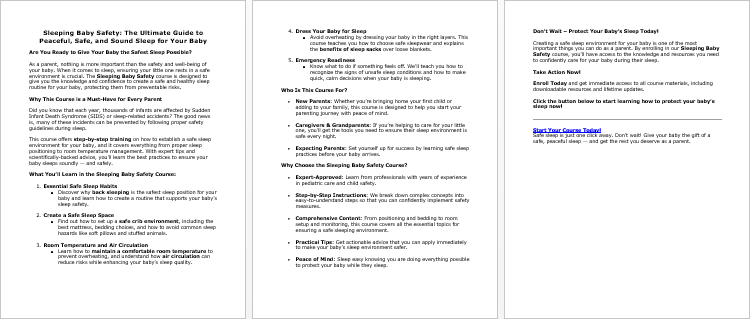
Package Details:
Word Count: 23 742 Words
Number of Pages: 84
Sleeping Baby Safety – Bonus Content
Checklist
Word Count: 540 words
FAQs
Word Count: 1104 words
Salespage Content
Word Count: 656 words
Total Word Count: 26 042 Words
Your PLR License Terms
PERMISSIONS: What Can You Do With These Materials?
Sell the content basically as it is (with some minor tweaks to make it “yours”).
If you are going to claim copyright to anything created with this content, then you must substantially change at 75% of the content to distinguish yourself from other licensees.
Break up the content into small portions to sell as individual reports for $10-$20 each.
Bundle the content with other existing content to create larger products for $47-$97 each.
Setup your own membership site with the content and generate monthly residual payments!
Take the content and convert it into a multiple-week “eclass” that you charge $297-$497 to access!
Use the content to create a “physical” product that you sell for premium prices!
Convert it to audios, videos, membership site content and more.
Excerpt and / or edit portions of the content to give away for free as blog posts, reports, etc. to use as lead magnets, incentives and more!
Create your own original product from it, set it up at a site and “flip” the site for megabucks!
RESTRICTIONS: What Can’t You Do With These Materials?
To protect the value of these products, you may not pass on the rights to your customers. This means that your customers may not have PLR rights or reprint / resell rights passed on to them.
You may not pass on any kind of licensing (PLR, reprint / resell, etc.) to ANY offer created from ANY PORTION OF this content that would allow additional people to sell or give away any portion of the content contained in this package.
You may not offer 100% commission to affiliates selling your version / copy of this product. The maximum affiliate commission you may pay out for offers created that include parts of this content is 75%.
You are not permitted to give the complete materials away in their current state for free – they must be sold. They must be excerpted and / or edited to be given away, unless otherwise noted. Example: You ARE permitted to excerpt portions of content for blog posts, lead magnets, etc.
You may not add this content to any part of an existing customer order that would not require them to make an additional purchase. (IE You cannot add it to a package, membership site, etc. that customers have ALREADY paid for.)
Share Now!

